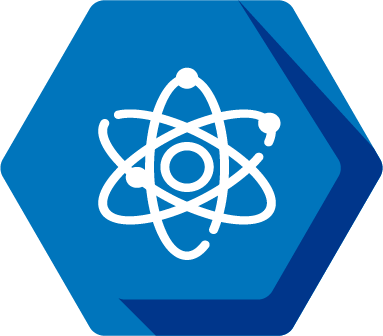Joshua Symonds

Pronouns: He/Him
Research Mentor(s): Jens-Christian Meiners, Professor
Research Mentor School/College/Department: Biophysics / Physics, College of Literature, Science, and the Arts
Presentation Date: Thursday, April 22, 2021
Session: Session 2 (11am – 11:50am)
Breakout Room: Room 17
Presenter: 1
Abstract
Decompression sickness (DCS) occurs when dissolved gasses in the body exit the solution they’re contained in; upon depressurization, the visualizable bubbles form inside the body and compress surrounding tissue causing symptoms ranging from soreness to central nervous system damage. The current treatment for decompression sickness is to have the patient breathe 100% oxygen and be recompressed in a hyperbaric chamber. In the event that initial treatment does not completely resolve symptoms, treatment is repeated. This study investigates the impact of current treatment of DCS in the spinal cord by building a finite-element multiphysics model using COMSOL to simulate gas diffusion in the spinal cord and the mechanical response to a growing gas bubble. The model is developed through pressurizing spinal cord tissue from cows to simulate DCS and observing gas bubbles in the tissue through a series of MRIs taken during decompression and recompression. In the multiphysics model, we can analyze the simulated tissue for damages following the decompression and recompression. Currently, we have developed software to extract a 3D model from a series of MRIs of spinal cords. Our next step is to integrate this 3D model with a multiphysics model developed by another researcher in our group in order to run the aforementioned simulations.
Authors: Joshua Symonds, Jens-Christian Meiners, Roman Alvarado
Research Method: Computer Programming
https://dan.org/alert-diver/article/physics-biophysics-and-decompression-sickness/







